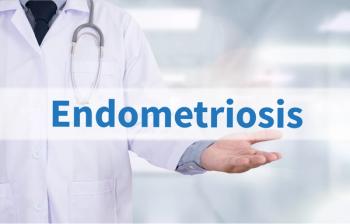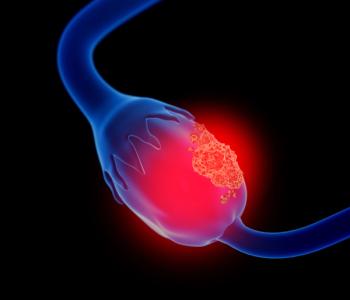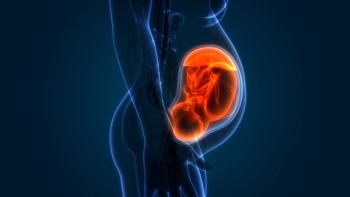
For a patient with a short cervix, you may want to consider using a pessary during her pregnancy.
Freelance writer for Contemporary OB/GYN

For a patient with a short cervix, you may want to consider using a pessary during her pregnancy.

Although two tocolytic agents have been used as monotherapies to prevent PTB, a recent study found they were more effective in combination.

A recent meta-analysis found that women with endometriosis have an increased risk of nearly 40% for certain types of cancers.

Although PFMT has been primarily evaluated for urinary incontinence, new research suggests it may also have benefits for women who report painful sex.

Ob/gyns treating patients with epilepsy should be aware of their higher risk for sexual dysfunction while also recognizing that the cause may be multifactorial.

Screening based solely on family history isn't sufficient enough, so new research suggests incorporating these additional tests into your screening practices.

New research illustrates how a modified genetic counseling model can be completed in half the time of the traditional model but still be just as effective in reducing cancer-specific distress.

New research indicates that while combined oral contraceptives can be used to reduce heavy menstrual bleeding, evidence points to other contraceptive options as being even more effective.

An Egyptian study found that adding a simple step to the IUD insertion process resulted in a 93% success rate for women whose previous insertion attempt failed.

Phytoestrogen use is an apparent mixed bag of effects, some good and some adverse.

The safety and efficacy of targeting vulvovaginal tissues are the topic of this committee opinion.

Although clinicians and patients may have concern about the safety of PPIs, a recent study suggests that this concern might not be warranted.

A recent study aimed to identify the optimal exercise dose to prevent bone loss in postmenopausal women.

New research indicates an alarming number of men and women are uninformed about the health risks of pregnancy, and this ignorance may be contributing to the malpractice crisis.

The LNG-IUS and IUD are both highly effective, but one is associated with changes in uterine artery blood flow.

A recent study has found that one method offers greater short-term improvement.

Researchers compared LTAP and LAI to determine which is more effective in postoperative pain management.

A recent study aimed to quantify the reduction in PTB risk when expectant mothers who smoke are able to quit.

A retrospective study compared several obstetric and neonatal outcomes of women with PPROM to determine whether outpatient or hospitalization should be the standard of care.

According to a recent meta-analysis, a woman's race/ethnicity appears to play a role in her likelihood of being diagnosed with endometriosis.

Results from a recent study illustrate the ability of narrow band imaging to identify hard-to-detect endometriosis areas.

A fourth-generation progestogen-only pill (POP) with drospirenone may be an effective and safe alternative for women for whom estrogen-based contraceptives are contraindicated.

Climate change not only threatens public health, but in particular, women’s health.

A recent course at the 2019 American College of Obstetricians and Gynecologists (ACOG) annual meeting in Nashville described three areas of reproduction that ob/gyns need to be well versed in.

Initial excitement about vaginal microbial seeding of cesarean-born babies to bolster their microbiome and future health is under scrutiny, due to the uncertainty of benefits and potential for risk.

Obesity in the setting of polycystic ovary syndrome (PCOS) can be challenging to treat, according to a presentation at the 2019 American College of Obstetricians and Gynecologists annual clinical and scientific meeting in Nashville.

It is imperative that ob/gyns are able to recognize four very common conditions that are highly associated with suicidal thoughts, suicide attempts and suicide completion.

Six services within the realm of minimally invasive gynecologic surgery (MIGS) can easily and inexpensively be incorporated into an ob/gyn practice, according to a panel discussion at the 2019 American College of Obstetricians and Gynecologists annual clinical and scientific meeting in Nashville.

Ob/gyns should be familiar with strategies to prevent two of the most common problems associated with vaginal delivery.

With small diet modifications, women can significantly reduce their risk of endometriosis.